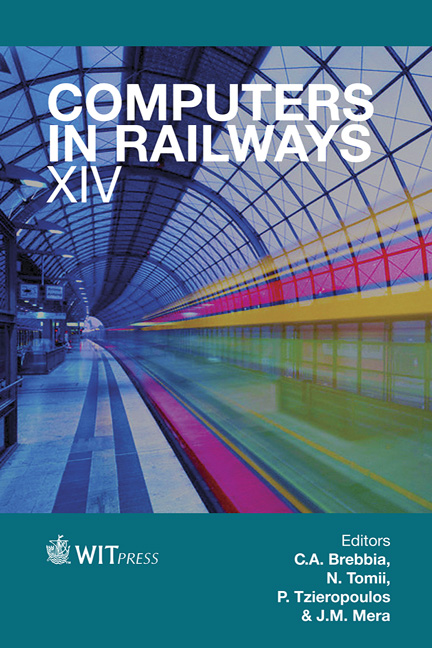Taking Effective Delay Reduction Measures And Using Delay Elements As Indices For Tokyo’s Metropolitan Railways
Price
Free (open access)
Transaction
Volume
135
Pages
13
Page Range
3 - 15
Published
2014
Size
6,226 kb
Paper DOI
10.2495/CR140011
Copyright
WIT Press
Author(s)
A. Yamamura, M. Koresawa, S. Adachi & N. Tomii
Abstract
In the Tokyo metropolitan area of Japan, several minutes of delays often happen during morning rush hour. This is because a massive number of passengers use trains for commuting. Then trains and platforms are congested. Above all, once a train delays due to increasing dwell time, the subsequent train has to wait outside a station or slow down if the platform is occupied by the preceding train. This process is repeated over and over again and delays increase more and more. So we had to identify how often or how large delays occur and take delay reduction measures, because it is pointless to blindly carry out delay reduction measures. The measures should be carried out effectively; otherwise investigations and running costs become high. In this paper, we introduce delay reduction measures and indices, which indicate the frequency of delays and the scale of delays. Keywords: train delay, train timetable, delay measures, train traffic record data, Static Index, Active Index.
Keywords
train delay, train timetable, delay measures, train traffic record data, Static Index, Active Index.





